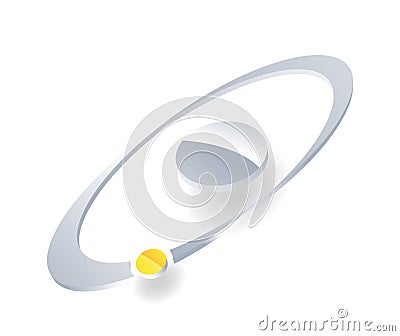


Most commonly, they are specified by the name or symbol of the particular element, immediately following by a hyphen and the mass number (e.g., carbon-14 or C-14). While most (82.58%) strontium atoms have 50 neutrons, others have anywhere from 44 to 52 neutrons, yet they are still strontium because they have 38 protons. Hydrogen has four additional isotopes ( 4H through 7H) that are manmade and highly unstable.Īnother example of an element with numerous isotopes is strontium. Hydrogen-2 and Hydrogen-3 have one and two neutrons, respectively, and are often man-made. Hydrogen-1, or protium, is the most prevalent hydrogen isotope, accounting for 99.98% hydrogen atoms, and has no neutrons. It has three naturally occurring isotopes- 1H, 2H, and 3H. Isotopes are atoms of the same element that have the same number of protons (i.e., atomic number, "Z") but a different number of neutrons, meaning that their mass number, "A", varies. There is an equal number of electrons surrounding the nucleus to keep the atom electrically neutral, and these electrons determine the chemical properties of the element-enabling molecules like strontium chloride, SrCl 2, to form bonds from individual strontium and chlorine atoms. The number of protons(i.e., atomic number, "Z") determines the element for example, a strontium nucleus always has 38 protons, and a rubidium nucleus always has 37. Atoms are composed of a cloud of electrons surrounding a dense nucleus that is 100,000 times smaller and comprised of protons and neutrons.


 0 kommentar(er)
0 kommentar(er)
